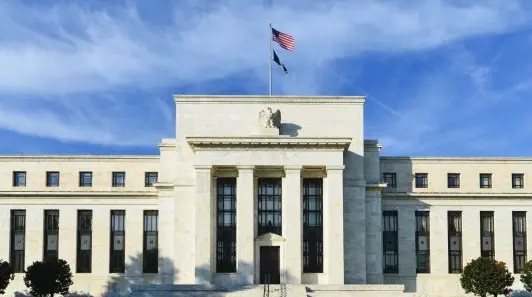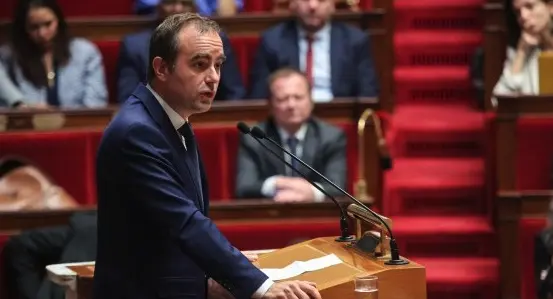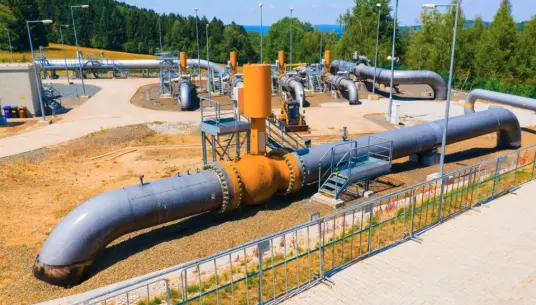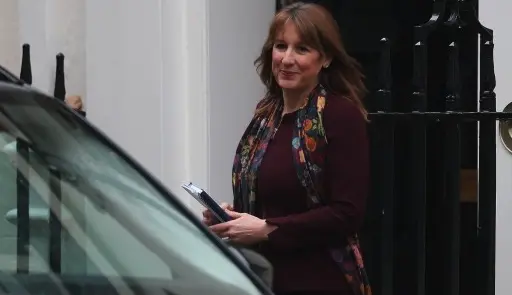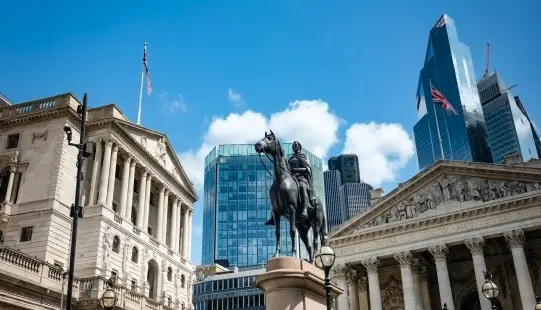The NBR now sees inflation at 9.6% by the end of 2025 (up from 8.8%) and 3.7% by the end of 2026 (previously 3.0%). These adjustments were largely anticipated by markets after the August print of 9.8%, which captured the impact of higher VAT and excise duties. According to the report, electricity prices, tax hikes, and inflation expectations are key drivers, with the combined effect of VAT increases, excise duties, and electricity accounting for nearly half (4.7 percentage points) of the December 2025 projection. Once these factors drop out of the statistical base in mid-2026, inflation is expected to glide toward 3.0% by year-end.

The Q&A session offered additional clarity on the Bank’s stance. Governor Mugur Isărescu emphasised that, given the significant fiscal consolidation underway, the Bank cannot tighten policy and must remain patient until the data improves.
Regarding the timing of potential easing, he noted: “We currently have only one element that could make us consider a rate cut: the fact that the Robor rate dropped below the policy rate. This is a good signal. Another good signal is the stability of the exchange rate and markets… But beyond that, inflation is where it is, real interest rates are negative… So cutting rates now would help no one; even discussing it doesn't help. We will not make that mistake. Perhaps by spring or summer next year, we can revisit this more optimistically.”
What's our take on this?
Despite the upward revision of its inflation estimates, the NBR still seems to tilt towards a dovish stance, with no policy tightening in sight and, to the extent possible, preserving the de facto easing that comes via the improved money market liquidity. By our estimates, the liquidity surplus reached nearly RON23bn in October – well below the RON60bn peak in January 2024, but still ample enough to keep carry rates gravitating towards the 5.50% deposit facility rather than the 6.50% policy rate.
On the latter, we maintain our view that the first 25bp rate cut could come in May 2026, with a cumulative 100bp of cuts in 2026. An important known unknown for this scenario is the government’s cap on natural gas prices, which is set to expire at the end of March 2026, potentially triggering a one-off increase in gas prices. Still relevant but possibly less impactful should be the temporary cap on mark-ups for basic food items, which should eventually be lifted in the same period.
Finally, on the FX rate, we continue to view a meaningful depreciation of the leu as unlikely while inflation remains elevated. We therefore don’t expect the FX rate to significantly depart from the current levels this year and through 2026.

